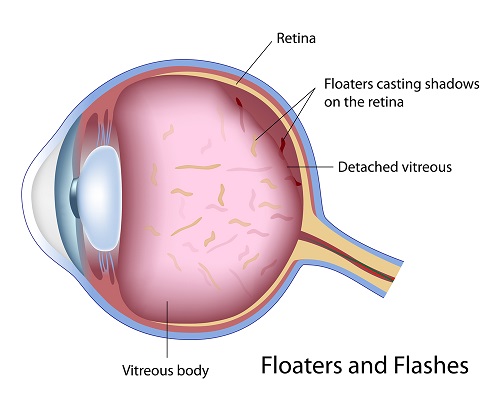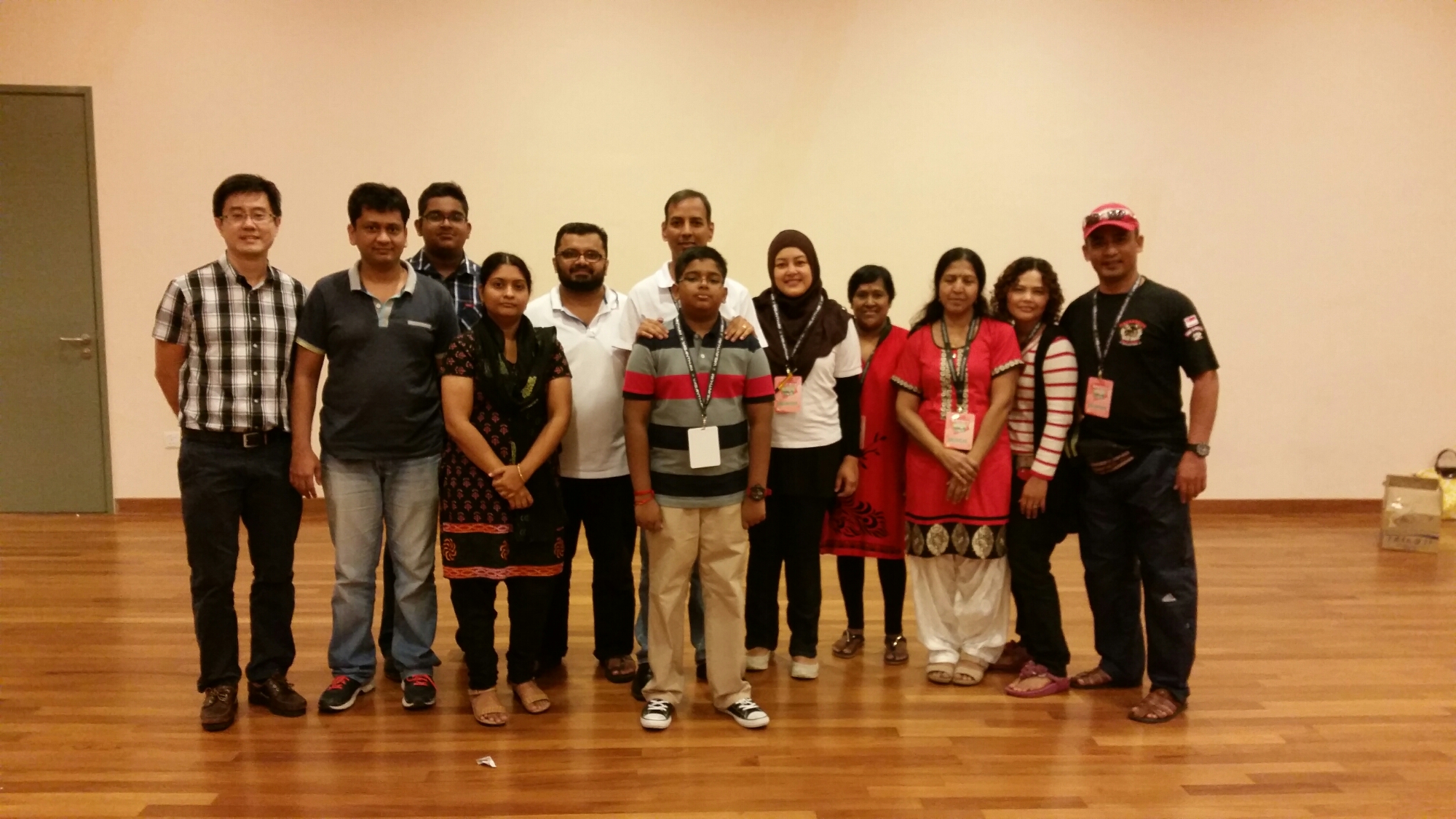With time, old age vision problems such as blurred or double vision, colour or night blindness, dry or watery eyes, redness or swelling of an eye are experienced by many. The following are brief descriptions of just some of the afflictions.
Presbyopia
This is the loss of the ability to see close objects, a normal effect of the aging process. Closer objects appear blurred due to the aging and hardening of the lens, usually occurring after the age of 40. Glasses help to correct the defect and a vitamin rich diet can prevent macular degeneration or a worsening of the problem.
Cataracts
These are cloudy spots that develop in the eye lenses with age, resulting in blurred vision. If the cataracts grow, they can cause pain and redness and may lead to a significant reduction in vision. The problem is normally corrected by cataract surgery.
Glaucoma
This is the result of too much fluid pressure within the eye, which can result in total vision loss if not treated swiftly. Fluid pressure inside the eye increases when the watery fluid between the cornea and the lens gets blocked. Eye drops, lasers or surgery may be the treatment options used.
Floaters
Floaters are one of the commonest vision problems due to aging. They are usually noticeable as small specks or cobweb type shapes that may disappear naturally, or risky surgery may be performed, with varying results.
Dry Eyes
Dryness is experienced when the tear glands malfunction, resulting in an itching or burning sensation. Women are more susceptible to the problem. Eye drops or ointments may be prescribed, but more severe bouts may require the use of special contact lenses.
Watery Eyes
Caused by constant tearing, that may be due to light, wind or temperature sensitivity. Goggles may prevent irritation but excessive tearing may be caused by an eye infection or blocked tear glands, so it is essential to seek medical advice.
Retinal Disorders
Regular check ups are the way to identify age-related retinal problems. A detached retina is a serious condition that requires immediate attention. A sudden increase in eye floaters or flashes should be the trigger to take professional advice.
This list is by no means exhaustive, but it is clear that eye care is vital, particularly with aging. A healthy diet and regular checkups can help prevent old age vision problems.
Eye problems or eye pain should never be neglected.
Click Here For A Natural Eye Floaters Solution















